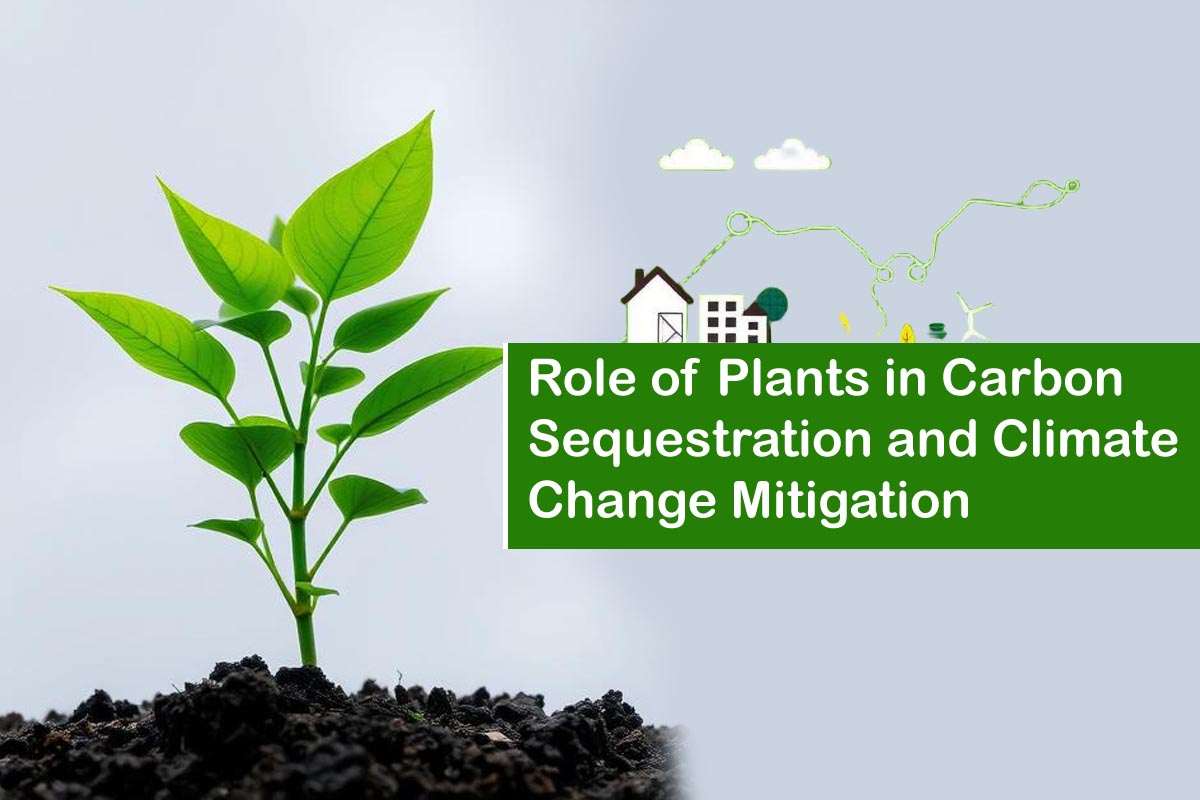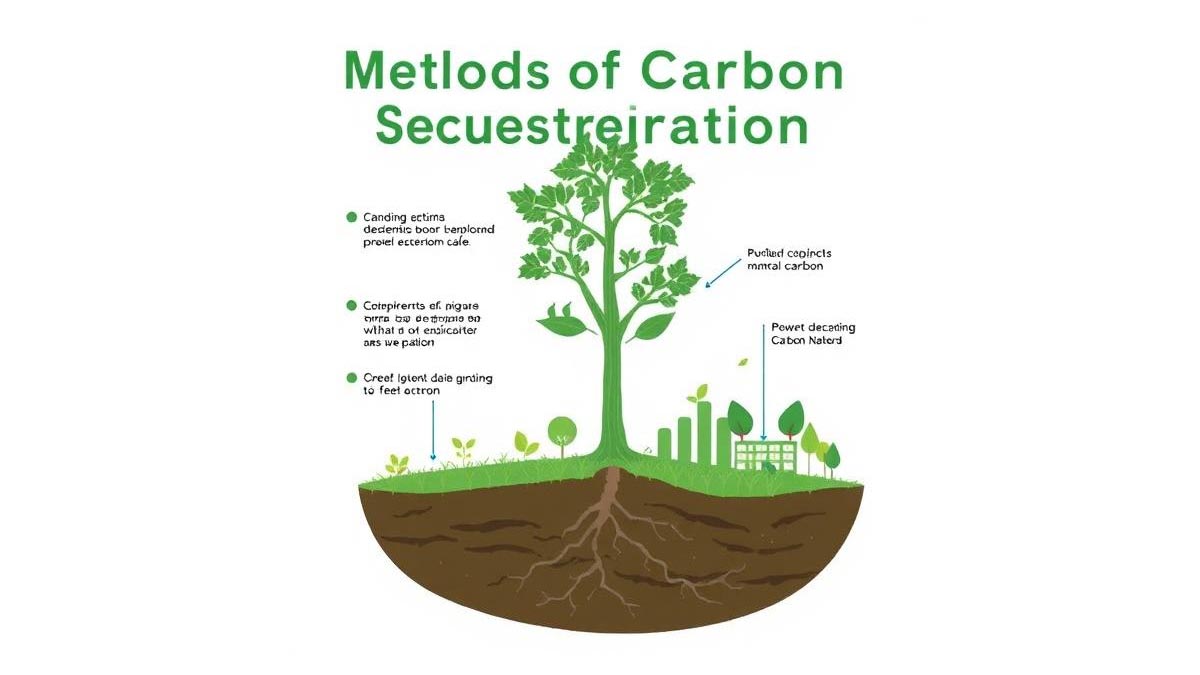Blogs
All plants are not similarly competent when it comes to carbon sequestration. Different species have varying capacities to absorb and store carbon over their generations, influenced by factors like growth rate, biomass, and root depth. Fast growing trees and perennial plants generally sequester more carbon in a shorter time frame than slower growing species. Thus, opting the right plants for the environment
is essential for maximizing carbon capture and contributing to climate adaptability.
Furthermore, plant selection also influences the ecosystem’s health and biodiversity. Different plant communities tend to be more tough to pests and diseases, furnishing further benefits to the atmosphere. When choosing plants for the landscape, one should consider not only their carbon sequestration capacity, but also how they will interact with prevailing flora and fauna. This holistic approach ensures that our efforts to capture carbon also endorse lively ecologies.
Best Plants for Maximizing Carbon Sequestration Benefits
Several species are recognized for their exceptional carbon sequestration abilities. Among them, trees such as the Red Maple, Oak, and Douglas Fir stand out due to their large biomass and extended lifespans. These trees not only absorb substantial quantities of carbon dioxide but also afford shade, habitat, and other ecosystem services. In addition to trees, certain grasses and shrubs, such as Switchgrass and Elderberry, can also contribute efficiently to carbon sequestration in different landscapes.
In urban settings, smaller plants like native perennials, ground covers, and even green roofs can play a vital role. These plants not only capture carbon but also enhance air quality, reduce heat, and provide appealing value to cities. By incorporating a diversity of plants that thrive in explicit environments, we can create diverse ecosystems that enhance carbon capture while beautifying our surroundings.



 Methods of Carbon Sequestration
Methods of Carbon Sequestration


